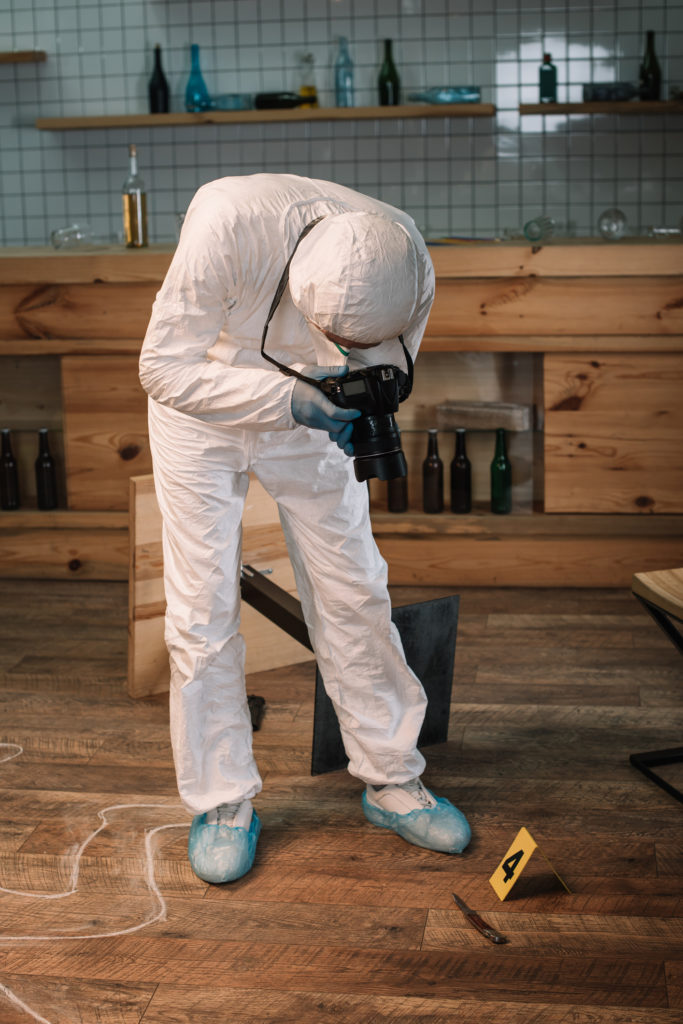Photography Of Crime Scene
Photography of Crime Scene - The history of crime scene photography is a complicated and intriguing one. From its early days as a tool for detectives to record evidence at a crime scene, to the highly sophisticated technology and techniques used by today's crime scene investigators, photography has played an important role in the investigation and prosecution of criminals. In this article, we will take a look at some of the most famous examples of crime scene photography, the evolution of the technology involved, and some tips and ideas for aspiring crime scene photographers.
The Early Days of Crime Scene Photography
The Origins of Crime Scene Photography
The idea of using photography to document crime scenes dates back to the nineteenth century, when police forces began using photography to capture images of suspects and to record evidence at crime scenes. However, early cameras were bulky and difficult to use, and it was not until the invention of the handheld camera in the early twentieth century that crime scene photography really came into its own.

The Golden Age of Crime Scene Photography
The Development of Crime Scene Photography Techniques
The invention of the handheld camera paved the way for the development of new and sophisticated techniques for capturing images of crime scenes. One of the most famous examples of a crime scene photograph was taken by crime scene photographer Arthur Fellig, better known as Weegee. His iconic image of a dead gangster slumped in the driver's seat of a car became the quintessential example of crime scene photography.

The Modern Era of Crime Scene Photography
The Evolution of Crime Scene Photography Technology
Today, crime scene photography is a highly specialized and technical field, with photographers using a variety of tools and techniques to capture images that can be used as evidence in a court of law. Digital cameras and computers have revolutionized the field, making it easier than ever to capture high-quality images that can be analyzed and manipulated in a variety of ways. Additionally, advances in 3D imaging technology have made it possible to create detailed and accurate models of crime scenes that can be used in court.

Tips and Ideas for Aspiring Crime Scene Photographers
How to Get Started in Crime Scene Photography
If you are interested in pursuing a career in crime scene photography, there are a few things that you should keep in mind. First, it is important to have a strong background in photography, with a solid understanding of lighting, composition, and other technical aspects of the craft. You should also have a good understanding of the scientific principles involved in crime scene investigation, as well as a strong attention to detail and a knack for problem-solving.
Additionally, it is important to be able to work well under pressure, as you will often be called upon to document crime scenes under difficult and demanding circumstances. And, of course, you should be prepared to spend a lot of time on the job, as crime scene photography can be a demanding and time-consuming line of work.
Ultimately, crime scene photography is a challenging and rewarding field that requires a unique combination of technical skill, scientific knowledge, and attention to detail. Whether you are a seasoned professional or a newcomer to the field, there are plenty of opportunities to make your mark in this exciting and evolving field of photography.
Find more articles about Photography Of Crime Scene
Post a Comment for "Photography Of Crime Scene"